The County Class Ops rooms, with an accent on Seaslug.
This is a description of the Ops room with details of the equipment and rôles, and even something about POSEIDON, SPADEs and BULLDOGS.
This article is based around the Action Data Automation Weapon System (ADAWS) fitted to the Batch two (Mk2 armed) ships of the County Class; this is largely because information about the Mk1 armed Batch one ships is patchy and often self-contradictory.
The ADAWS fitted to the Batch two ships was run on a pair of POISEDON computers designed and manufactured by Ferranti. They accepted data from the ship's radar and sonar through a number of Simple Processing And Detection Equipments (SPADEs) and presented this through CRT displays. An image of a pair of POISEDON computers under construction can be seen here, in a Ferranti photograph on the Computer Conservation Society website. A document on the same site states that the computer was originally to be called NEPTUNE, the Roman god of the sea, from an acronym of "Nutter's Easily Programmable Type for Use on Naval Exercises" -the designer was called Geoff Nutter. NEPTUNE had, however, already been used as the name for a nuclear reactor so the Greek equivalent was chosen instead.
ADAWS was fitted to HMS Eagle (with three POSEIDON computers) the four Batch 2 ships (two each), and a further single unit was delivered to 'Portsdown' which presumably would have been ASWE, now a Qinetic site.
In his article (Post War AIO and Command Systems in the Royal Navy) in Warship 2016, Peter Marland states that HMS Eagle had 15 JGA consoles and the County Class 8 to 10; I suspect the former number for the Mk1 ships and the latter for the Mk2 ships.
The Mk2 ships had a similar console -JGB- for the Seaslug Missile Control Officer; this had four panels as opposed to the JGA's three. From left to right these were the Manual Injection Unit, the Tote display, the Marker display, and the Bearing and Blind-Arc display.
The Tote normally displayed information on the next three targets for Seaslug in order of priority. For each of these it showed the number of missiles to be fired, target height, speed, and range at interception; and any limitations or restrictions, etc. When approval for a particular engagement is given, the coded information moves from the "recommended target" section to the "current target" and additiional information -such as the type of search pattern to be used- is displayed; the TI bearing (ie azimuth bearing of the target) is passed to the Type 901M. At "Start Acquisition" the TI angle of sight (elevation) is passed to the Type 901M and the search pattern selected by ADAWS is commenced automatically. In some circumstances ADAWS will start 901M search action in advance of Command approval.
The Marker display is a plan position display with markers showing the ship's heading along with other ships and aircraft with height markers for the latter. Radar Type 965P or 992P displays can also be shown, with or without markers. An electronic pointer, in the form of a circle, is controlled by a joystick and used to indicate a target to the computer or another console. A square marker controlled by the computer is used to identify a particular target to a particular user; the computer can also draw attention of all users to a particular marker by causing it to flash.
The range scale of the Marker display could be set to a maximum radius of either 512 or 64 miles, and either could be expanded by a ratio of up to 16:1 until the effective radius covers only four miles. The display can also be off-centered along the North-South and East-West axes.
The Operations Room pictures.
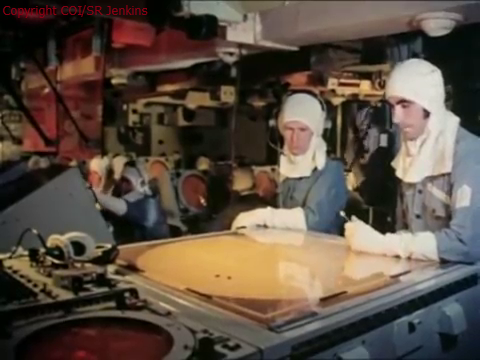
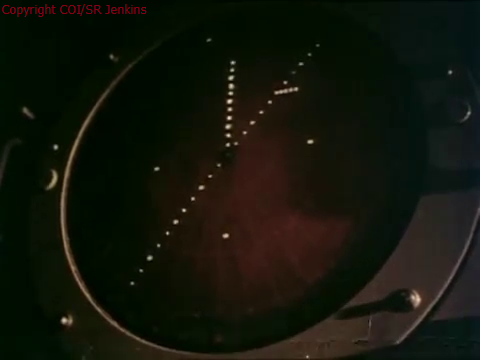
This is the Marker display of the JGB console; the ship's heading and Seaslug intercept ladder can be seen.
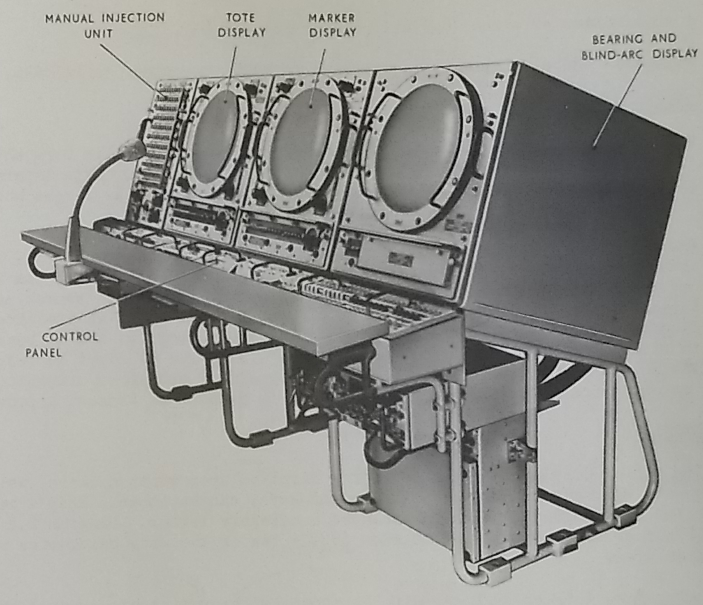
This is the Missile Direction Officer's console.
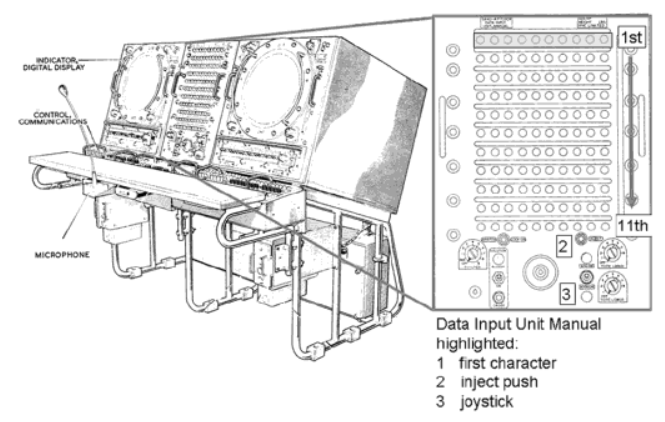
This is a drawing of a standard JGA console
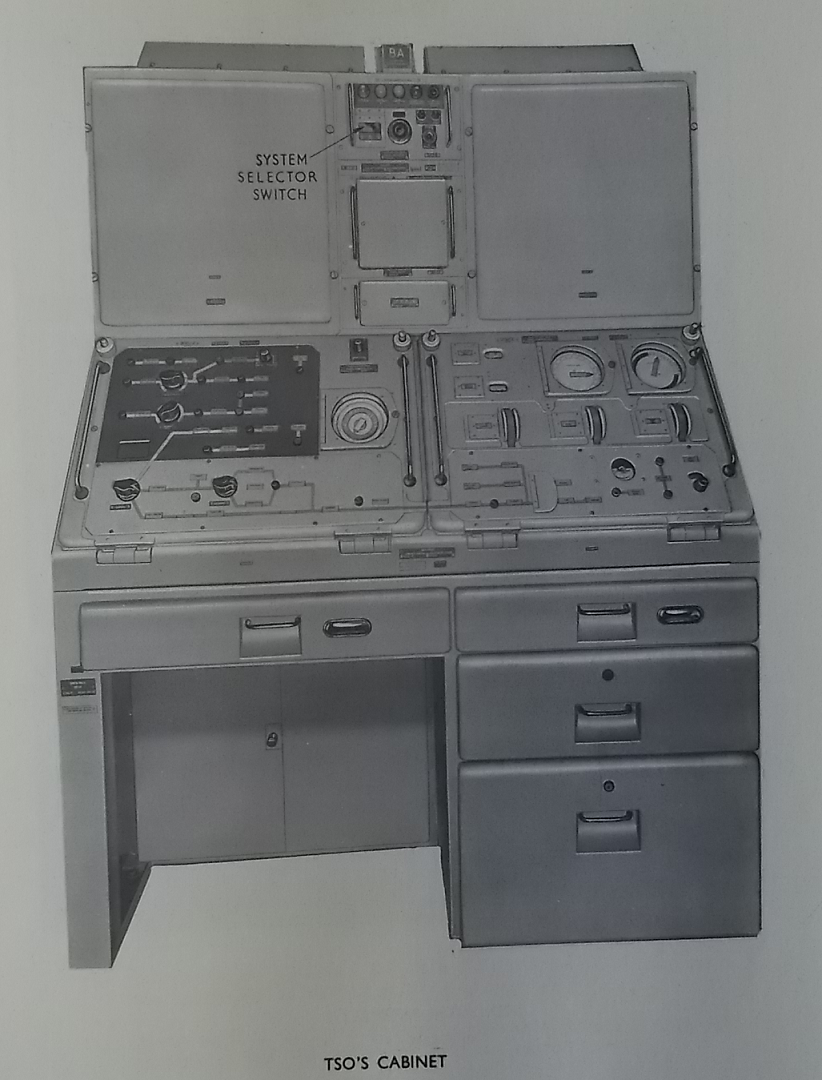
This is the TSO's cabinet. It controls the Type 901 radar and can be used to conduct an engagement in an emergency. The system selector switch was originally intended to allow a Mk2 equipped ship to fire Mk1 missiles but this was never used and the switch was replaced by a blanking plate.
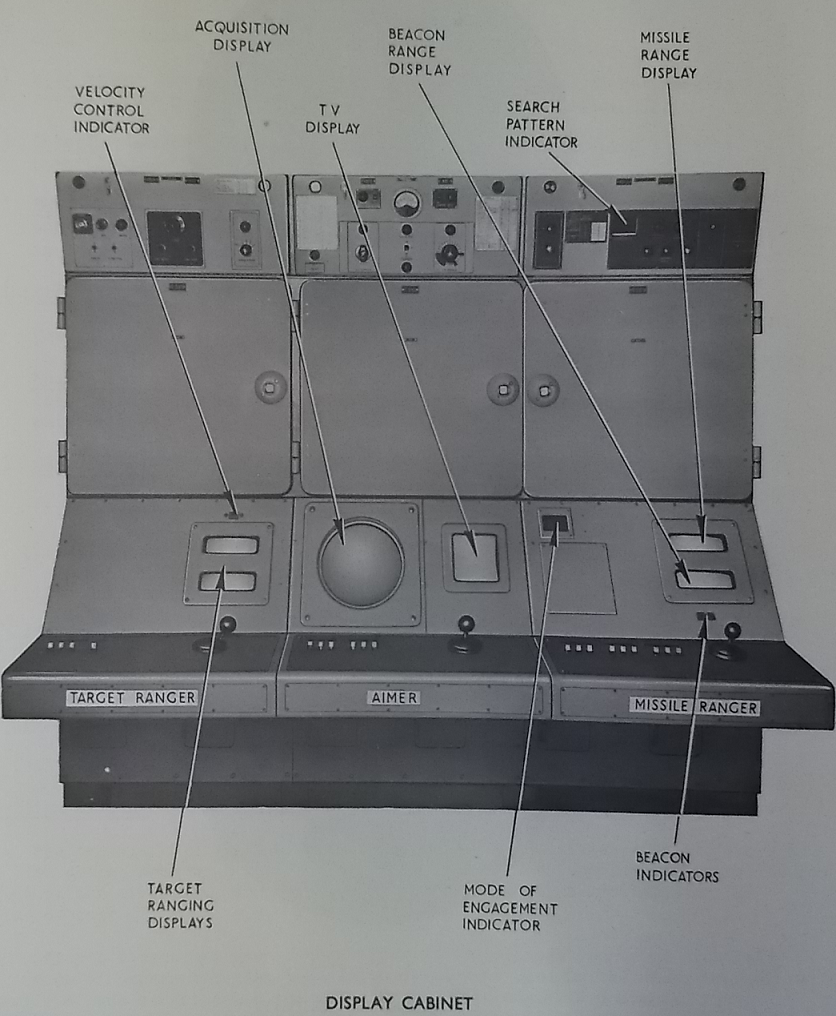
This is the TS display cabinet, it has positions for the Target Ranger, Aimer and Missile Ranger.
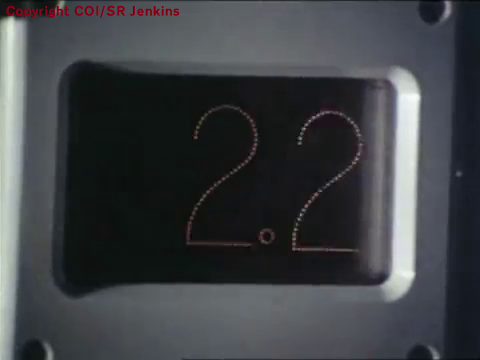
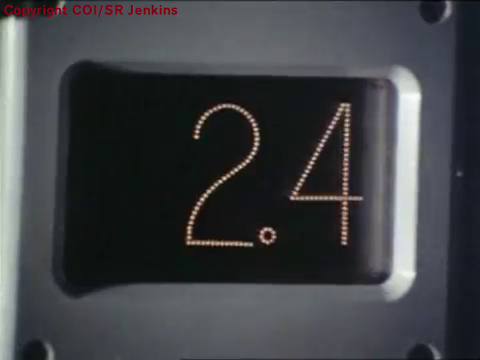
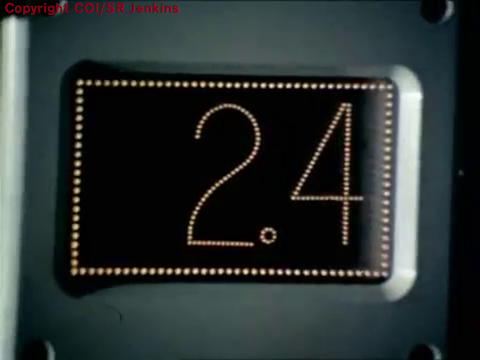
Three photographs of the search pattern indicator -left: search pattern 2·2 in use, centre: search pattern 2·4 in use, right: target acquired with pattern 2·4.
This section is still under development; please visit again!
Sources: CB 4929; ADM 234/891 and 239/711, The National Archives, Kew.
If you have any photographs, information or stories about Seaslug, I'd be delighted to hear from you.
This page copyright SR Jenkins October 2020; reproduction without prior approval is prohibited.
Page last updated: 14th March 2021.
Return to the Seaslug page.
Return to my home page.
Comments to: seaslug@littlewars.org.uk